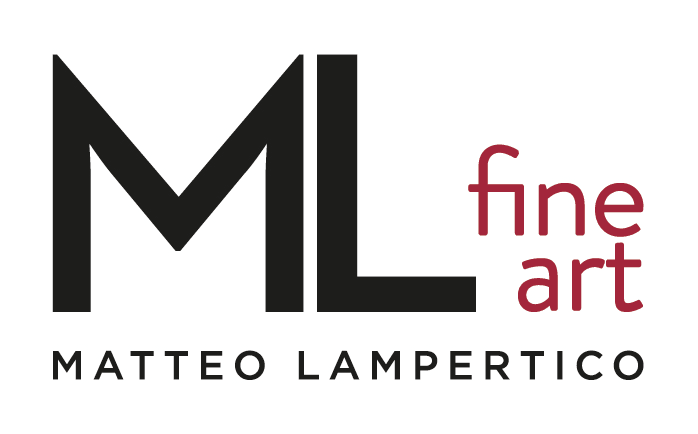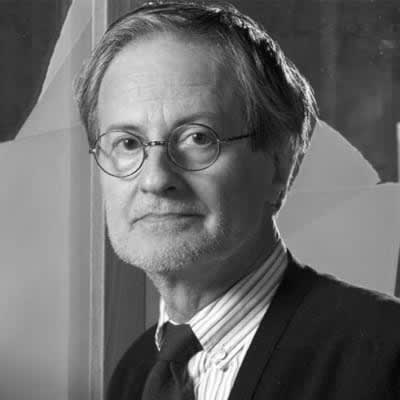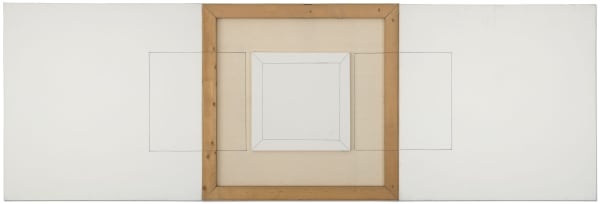Giulio Paolini Italian, b. 1940
The major retrospectives include Palazzo della Pilotta in Parma (1976), the Stedelijk Museum in Amsterdam (1980), the Nouveau Musée in Villeurbanne (1984), the Staatsgalerie in Stuttgart (1986), the Galleria Nazionale d'Arte Moderna in Rome (1988), the Neue Galerie am Landesmuseum Joanneum in Graz (1998), the Fondazione Prada in Milan (2003), the Kunstmuseum in Winterthur (2005) and the Whitechapel Gallery in London (2014).
He has taken part in a number of Arte povera exhibitions, and on several occasions has shown his work at Documenta in Kassel (1972, 1977, 1982, 1992), and at the Venice Biennale (1970, 1976, 1978, 1980, 1984, 1986, 1993, 1995, 1997, 2013).
His work is represented in many international public collections.
Nel museo senza muse, brought out in 2006 by the same publisher, and L'autore che credeva di esistere, published by Johan & Levi (Milan) in 2012.
-

Esprit de géométrie
25 May - 23 Jul 2021ML Fine Art is pleased to announce the upcoming exhibition Esprit de géométrie, from May 25 to July 23 2021, in via Montebello 30, Milan. The show explores the connection...Read more -

Close Quarters
19 Jun - 25 Sep 2020LONDON - ML Fine Art presents a group exhibition of Italian and international twentieth-century art. Complemented by a selection of modern design from Madrid, London and New York based gallery Portuondo, Close Quarters alludes to the household of an imagined collector.Read more
The sensual encounter with this eclectic collection delineates an imperfect portrait, which the viewer is invited to complete. Simultaneously intimate and startingly impersonal, the objects on view invite speculative incursions on the life of our unnamed protagonist: what did he buy, and what did he inherit? What has he already sold?
Associated with both Arte Povera and Conceptual Art, Giulio Paolini started his journey in the arts as a graphic designer to later on in his career embracing sculpture, painting, and more recently, photography and collage. His early works reacted against his perception of the beauty of Art Informel, and focused instead on the material and formal components of painting, like the canvas and the frame. He was known at times to eschew the use of paint in favor of bare surfaces. Starting in the 1970s, his works became more conceptual, focused on the systems of creating and exhibiting art. Paolini also designed sets and costumes for theater, notably for director Carlo Quartucci, as well as Frederico Tiezzi’s versions of Richard Wagner’s operas.
He has taken part in a number of Arte povera exhibitions, and on several occasions has shown his work at Documenta in Kassel (1972, 1977, 1982, 1992), and at the Venice Biennale (1970, 1976, 1978, 1980, 1984, 1986, 1993, 1995, 1997, 2013).
His work is represented in many international public collections.
-
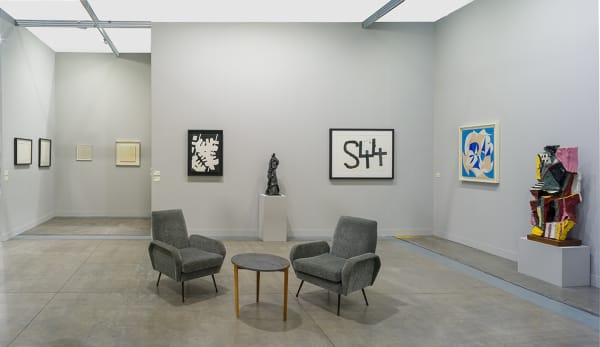
MIART 2021
17 - 19 Sep 2021ML Fine Art is pleased to announce its participation to the 25th edition of Miart, Milan’s international modern and contemporary art fair, that will take...Read more -
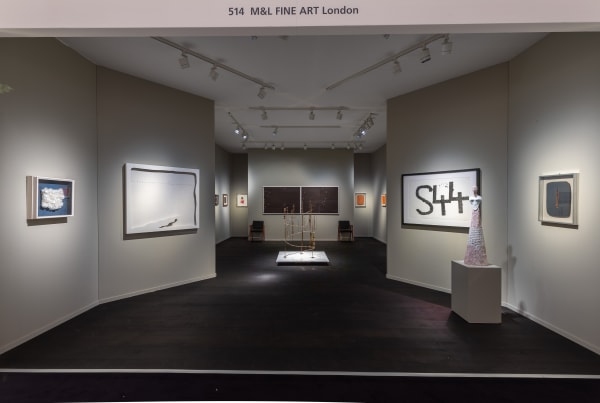
TEFAF Maastricht 2020
4 - 11 Mar 2020We are pleased to announce our participation at TEFAF Maastricht 2020. Our booth will showcase a selection of historically relevant paintings, sculptures and works on...Read more -
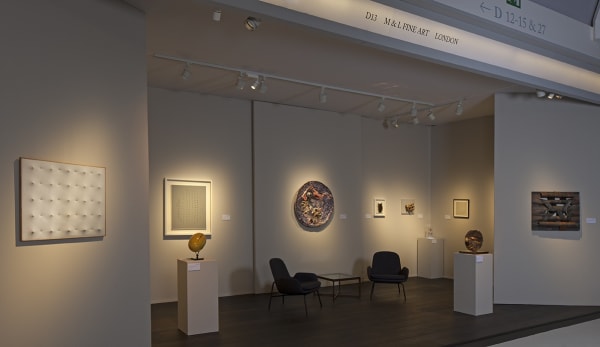
Masterpiece London 2017
29 Jun - 5 Jul 2017Read more
